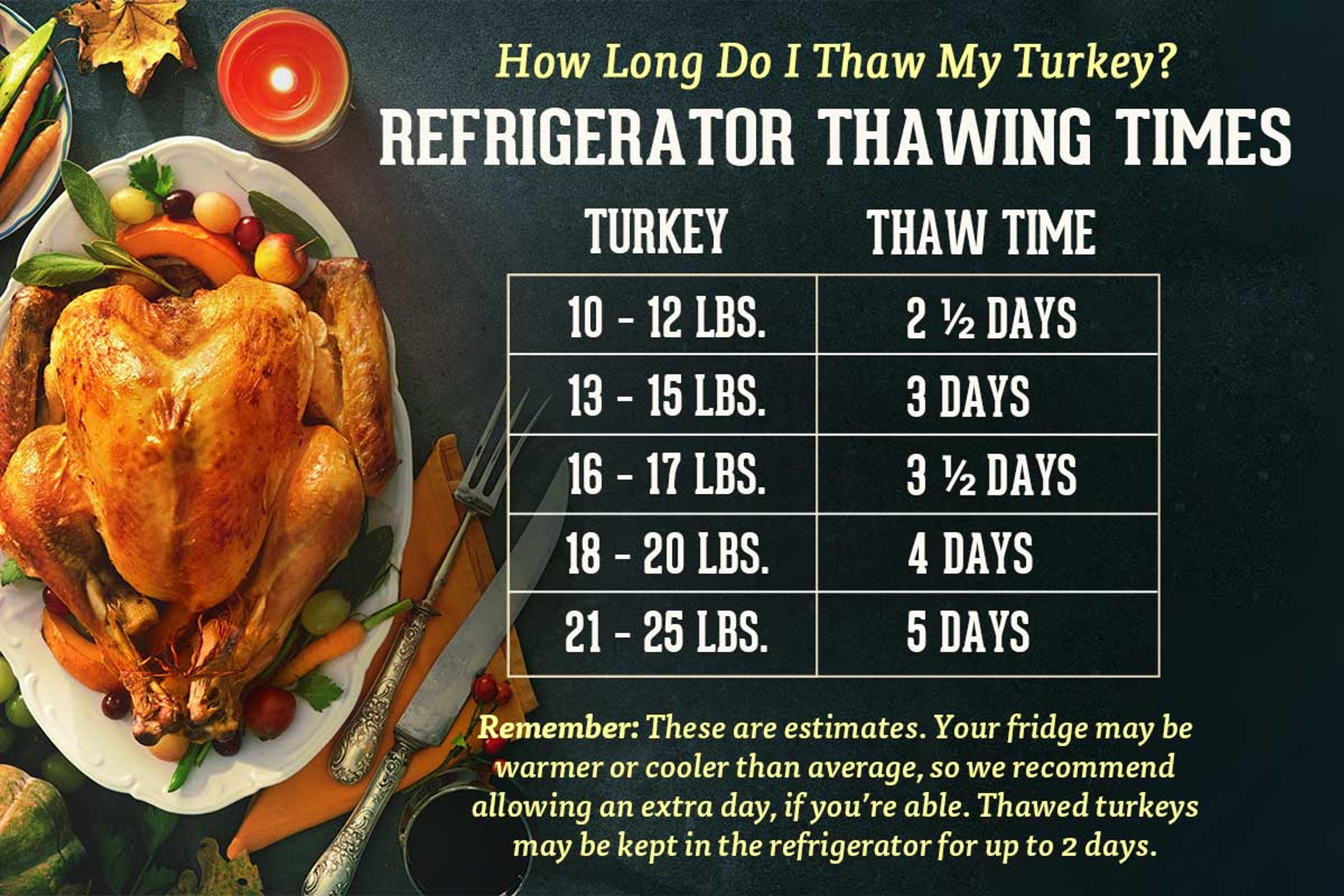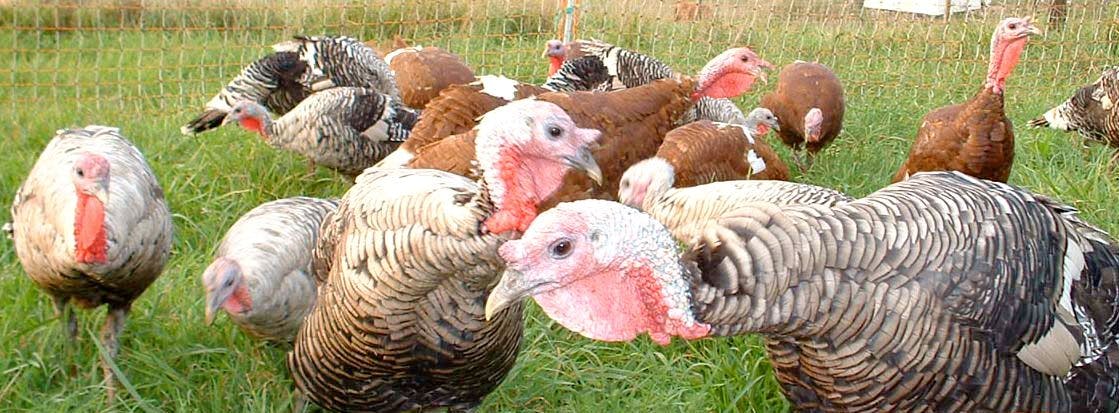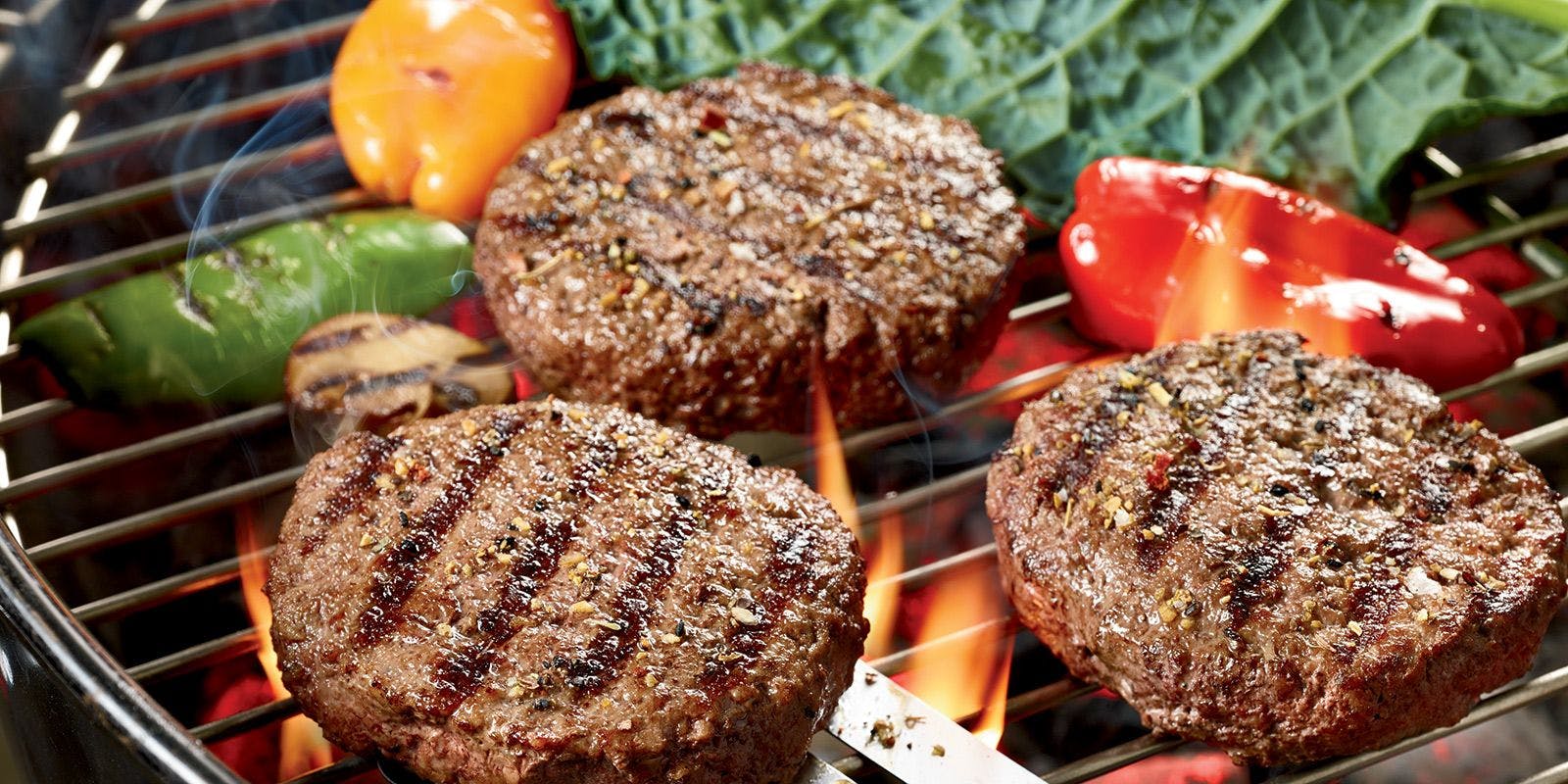
Food
Choosing and Thawing Your Organic Thanksgiving Turkey
For home cooks, Thanksgiving is the most wonderful time of the year. It is a genuinely inclusive holiday that’s all about family, friends, and shared meals. It’s also the rare celebration that elevates food hospitality over gifts and excess (unless you count a second helping of pumpkin pie).
And even though Thanksgiving isn’t until the fourth Thursday of November, it’s never too early to start planning.
Before you can thaw a turkey, you have to pick one. If you already have one, then skip right to our turkey thawing tips.
What Organic Turkey Means and Where to Source One
When talking turkey, there are a lot of decisions to be made. Organic? Local? Free-range? Heritage breed? At the very least, let’s assume conscious meat-eaters will buy an organic turkey. Anyone who knows how most turkeys in the U.S. are raised—and has the means to do so—will likely gravitate toward humanely raised birds.Plus, when it comes down to it, taste is what matters at Thanksgiving. And taste has everything to do with how your turkey was raised.
Certified organic birds, particularly free-range or pasture-raised, tend to be richly flavored and juicy. Organic birds eat certified organic, vegetarian feed that wasn’t grown with toxic pesticides or herbicides, plus whatever they scratch up outside. Since organic birds are given space to run around and some breeds can even fly—unlike factory-farmed turkeys—they tend to be leaner with larger thighs and a little less breast meat.
You can use online sources like LocalHarvest.org to find a turkey farmer near you, or order a certified organic turkey online from Organic Prairie and have it delivered right to your door! If you have your heart set on an old-fashioned, hard-to-find heritage breed like Bourbon Red or Jersey Buff, you’d better start thinking of pre-ordering one a month or so before Thanksgiving.
How to Safely Thaw a Turkey
If you’re lucky enough to get a fresh turkey, simply refrigerate it until you’re ready to cook. However, most of us will be dealing with a frozen bird this holiday season. Thawing a turkey isn’t complicated, but it does require some planning.
Ideally, you want to defrost your turkey slowly in the refrigerator. By some guidelines, fully frozen turkeys need 24 hours in the fridge for every 5 pounds, but that can vary if your refrigerator runs colder or warmer than average.
Do the math: a 20-pounder might need 4 to 5 days! Heritage breeds and organic birds tend to be a little smaller, so you’re in luck if you’re a little behind. Most Organic Prairie turkeys range from 13 to 16 pounds, which would take 3 to 4 days to thaw.

If you don’t have that much time or room in your fridge to spare, the next best thing is thawing the turkey in a water bath for 6 to 8 hours. This is where a cooler comes in handy—just plop the turkey in, fill with water, and place out of the way (but not so out-of-the-way you forget about it—you do need to change the water every 30 minutes to keep it at an optimal 40 degrees or under).
Despite the USDA declaring the practice perfectly acceptable, it’s probably not the best idea to try to save time by stuffing a frozen turkey into a microwave. No one wants to end up with a frozen burrito scenario where the turkey is cold in the middle no matter how much you zap it. Burritos are small stakes—the fallout could be 100 times worse with a 15-pound bird and hungry family members on the way!
(Still have questions? Here’s more information on thawing all types of meat.)

Roasting only a turkey breast is a great option for small gatherings or people who prefer white meat. It also avoids the issue of white meat and dark meat cooking at different rates.
Cooking Time Formulas
One of the biggest Thanksgiving myths is that cooking a turkey is an incredibly complex process. Sure, the average person isn’t likely to roast a 15-pound bird on the regular, but if you can roast a chicken, you have the basics down.
The main issue with turkey is that it’s one of the largest forms of poultry, and breasts and thighs require different cooking times for an optimal outcome.
If you have guests who enjoy piles of sliced white meat and don’t like dark meat as much, just order boneless, skinless turkey breasts or a couple bone-in turkey breasts, which will avoid the timing issue entirely. Spatchcocking or breaking the bird into parts and cooking breasts and legs separately are also good solutions for managing the white meat/dark meat cooking time conundrum.
Watch out for unreliable cooking times online. Many top search results for how long to cook a turkey say 20 minutes per pound at 325 degrees F—5 hours for a 15-pound bird—but this is likely much longer than needed. Obviously, you don’t want to give your guests undercooked meat, but you also don’t want to choke them with tough, dried-out meat (pass the gravy!).
Instead, for a 14 to 18 pound unstuffed turkey, the USDA recommends 3 ¾ to 4 hours at 325 degrees F. Use this as a starting point and in the last 1 to 2 hours, take your turkey’s temperature regularly. Make sure the thickest part of the breast and thigh both reach 165 degrees F on a meat thermometer before declaring the turkey done.
Here’s a not-so-secret admission: turkey is well and good—and expected, obviously—but Thanksgiving is really about the sides. If your sweet potatoes, dressing (cooked outside the bird, preferably) and cranberry sauce shine, you’re golden. This holiday season, thaw your turkey confidently, rock your sides, and enjoy the time with good food and good company.
Related Articles
- Tags:
- holidays,
- cooking & entertaining
















